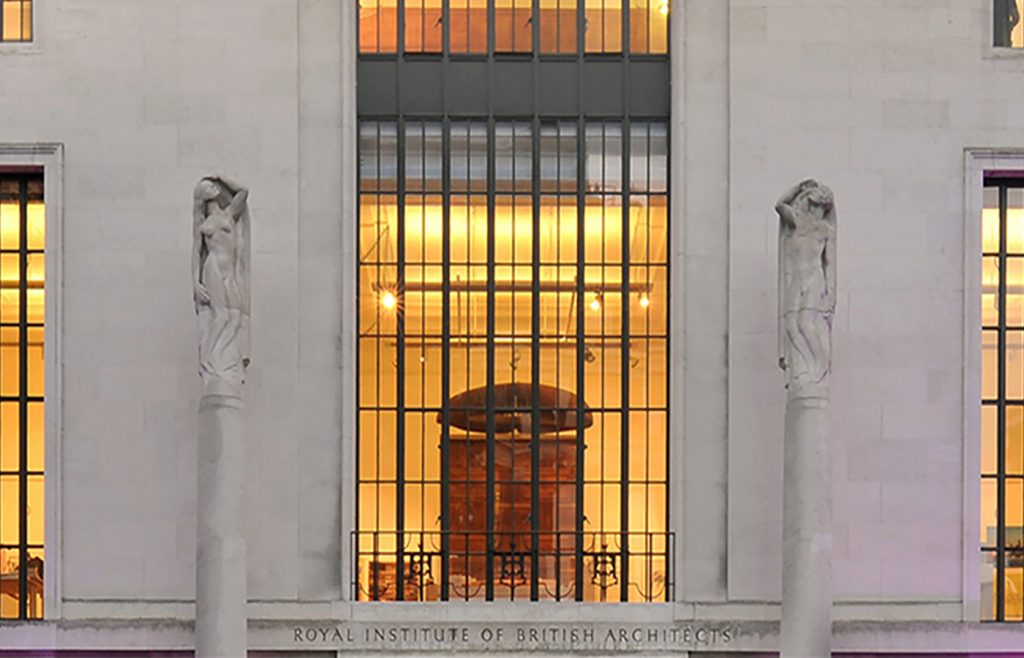
The Royal Institute of British Architects (RIBA) has published the findings of its latest Future Trends Survey, a monthly report of business and employment trends affecting the architects’ profession.
The March 2024 findings show signs of an improving outlook among the profession. Over the next three months, architects expect workloads to hold steady, and staffing levels to increase.
Architects expect stable workloads, ending record run of pessimism
In March, the RIBA Future Trends Workload Index rose by 3 points to 0, indicating an overall expectation that workloads will hold steady. This is the first time the Workload Index has dipped into positive territory since July 2023, ending the longest run of pessimism about future workloads since the survey began in 2009.
Over the next three months, 24% of practices expected workloads to increase, 24% expected them to decrease, and 52% expected them to stay the same.
The outlook of small practices (1-10 staff) remained negative but improved, rising by 3 points to -2, while the outlook of medium (11+ staff) and large (50+ staff) practices remained optimistic, and improved by 2 points, reaching a combined Workload Index figure of +14.
While the overall workload outlook improved, three out of four monitored work sectors had a less optimistic outlook than last month, with only the Commercial (-3) sector holding steady. Having rallied in recent months, the outlook for the Private Housing sector fell by 3 points to -8. The outlook for the Public (-9) and Community (-15) sectors fell by 3 and 6 points respectively.
The regional picture was mixed. The outlook of practices in the North of England remained positive and rose by 1 point to +14 and, after a dip in confidence last month, London’s outlook rallied by 13 points to +1. While still negative, the outlook for Wales & the West also rose by 14 points to -2. In contrast, the outlook for practices in the Midlands & East Anglia fell by 1 point to -3, and that for practices in the South of England fell by 12 points to -12.
Increase in staffing levels expected for first time in six months
In March, the RIBA Future Trends Permanent Staffing Index rose by 2 points to +2, indicating that more practices intended to increase staff numbers than reduce them. This is the first time the Staffing Index has risen above 0 since September last year.
- Over the next three months, 10% of practices expected to employ more permanent staff, 8% expected to employ fewer, and 83% anticipated making no changes.
- Small practices became positive about staffing levels, returning a Permanent Staffing Index figure of +2, a 5-point improvement from last month.
- Medium and large practices expected staffing levels to increase, albeit less confidently than last month, returning a combined Permanent Staffing Index figure of +6, a 15-point reduction.
- Most regions expected permanent staffing levels to increase, with only London and the Midlands & East Anglia expecting them to hold steady.
- The Temporary Staffing Index remained negative but improved by 3 points to -3. This suggests falling numbers of temporary staff over the next three months.
- Levels of personal underemployment decreased from 23% in February to 21% in March.
RIBA Head of Economic Research and Analysis Adrian Malleson said: “The latest Future Trends data puts an end to the longest run of pessimism about workloads since the survey began. It’s welcome news, but it indicates a stabilisation of outlook rather than a resurgence of confidence.
“Despite early signs of economic improvements as inflationary pressures ease, and economic growth returns, architects continue to report a mixed view of the market.
“Some practices tell us that raised interest rates and increased costs are deterring clients of all sizes from commissioning projects. Others cite the planning process severely impeding project progress, regulatory changes creating uncertainty, and competition from within and outside the profession squeezing incomes. Practices also say projects are increasingly being phased to match more cautious, phased financing, which can make cash flow less predictable, and delay project payments.
“Yet practices also report increased enquiries and commissions, the potential for gaining overseas work, increasing opportunities to improve the carbon performance of existing buildings, and the ability to maintain fee levels. There’s reason to be hopeful.
“We will continue to report our findings to the Government and work with other built environment bodies to monitor these trends.”





